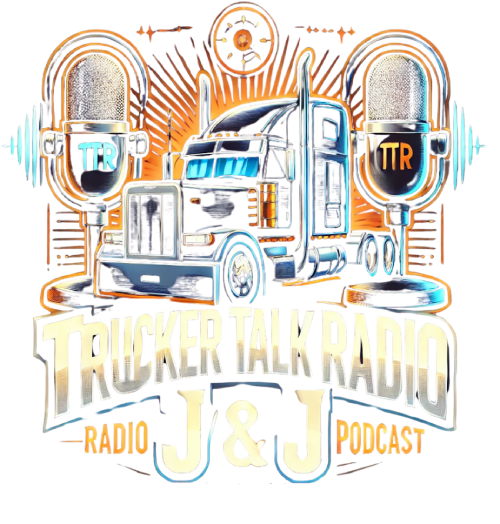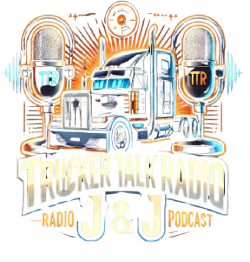Business Insider: Hub Group’s recent earnings report showed a rise in operating margins across the board, particularly during challenging times for the trucking industry. Interestingly, the intermodal sector at Hub Group and in the broader industry appears to be faring better than trucking. What factors might contribute to this?
Dave Yeager: Last year, there was a significant increase in trucking capacity; 2018 was unprecedented in my career. In the intermodal sector, the economics remain strong. Although we’re facing more truck competition now due to diminished demand for some shorter hauls, the overall economic advantages of intermodal are compelling.
Our clients recognize this despite the excess capacity. They acknowledge the ongoing truck-driver shortage, which will persist. Consequently, they view intermodal as a valuable source of capacity.
Can Increased Wages Solve the Truck-Driver Shortage?
BI: What solutions do you see for mitigating the truck-driver shortage?
Yeager: First, the average age of truck drivers is now in the early 50s, compared to the early 40s a decade ago. We’re not effectively attracting millennials and younger generations into the industry because it often doesn’t match their lifestyle expectations.
One potential solution is to provide a work-life balance where drivers return home every night. This is a significant advantage of the intermodal industry, where 98% of our drivers are home daily. This lifestyle element is crucial.
Addressing Compensation and Job Satisfaction
Yeager: While salary is a factor, many companies, including ours, made substantial wage increases last year, making us more competitive with warehousing positions. Ultimately, lifestyle factors and the nature of the job itself play a larger role in driver satisfaction.
We’ve been working to streamline drivers’ tasks, reducing administrative burdens. In the past, drivers might send inquiries that would go unanswered. Now, we utilize a more interactive system that provides immediate responses, enhancing their job experience.
The Growth of Intermodal Freight
BI: Are we moving toward a more intermodal-centric transportation system?
Yeager: Intermodal definitely has a growing role. However, trucks are still necessary for both ends of intermodal shipments. It’s vital to understand that intermodal becomes cost-effective primarily for longer distances, often over 600 miles, as most freight in the U.S. moves within 300 miles.
Intermodal is particularly beneficial for long hauls, as rail costs are higher at terminals, which makes longer distances more competitive.
Concerns About Emerging Freight Startups
BI: With numerous startups entering the automated freight-brokerage field, what are your thoughts on their impact on traditional brokerages?
Yeager: The market is large and fragmented, so while these tech players may not dominate, they will encourage existing companies to improve their technology and efficiency. Traditional brokers will remain dominant because the technology companies may struggle to establish essential customer relationships.
Startups may attract clients due to lower prices, but profitable business models are essential for sustainability. If they fail to turn a profit, they risk losing customers as competitive pressures increase.
Outlook for 2020 and Beyond
BI: What do you foresee for the trucking industry in the upcoming year?
Yeager: I expect things to stabilize. After the exceptional circumstances of 2018, we are predicting a healthy peak season this year, particularly with positive signs already emerging from the West Coast.
Retailers are optimistic about a normalized peak season, which should positively impact both the intermodal and trucking sectors. The year-over-year comparisons will be challenging, but I believe in a stronger performance moving forward.
This conversation was lightly edited for clarity.


